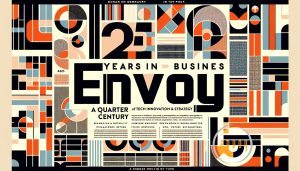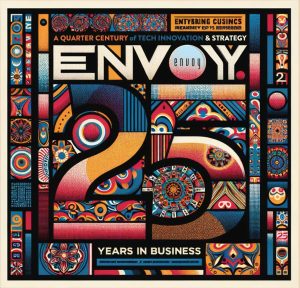Expert Unveils Potential Art Forgeries on eBay with the Help of AI
Expert in art verification, Dr. Carina Popovici, has unearthed what appears to be a collection of forged artworks for sale on eBay, some purportedly created by the masters Claude Monet and Pierre-Auguste Renoir. With the assistance of sophisticated artificial intelligence, it’s estimated that as many as 40 offered artworks on the digital selling platform could be sophisticated forgeries.
Holding the position of CEO and co-founder at the Swiss company Art Recognition, Popovici inspected images from eBay’s auction entries employing a specialized AI program which pinpointed artworks with a strong likelihood of being fraudulent. Dr. Popovici shared with The Guardian, “According to the algorithm, they are all counterfeit. Each piece we scrutinized was confirmed as spurious art, bearing a negative likelihood of authenticity, around 95%.”
eBay Takes Measures Against Alleged Art Fraud
Among the works brought into question was a piece called Forest With a Stream, falsely bearing Monet’s name, available for $599,000, and a piece alleged to be a Renoir study, priced at $165,000. eBay, which has a stated stance on its website against the sale of illegal counterfeits, swung into action after these revelations. A representative from eBay has expressed the company’s dedication to ensuring the genuineness of items on its platform, stating, “Our efforts are supported by a variety of advanced AI tools, a team of professionally trained investigators, and robust buyer protection programs.”
The commerce platform further disclosed that in the previous year, it had prevented 88 million potentially counterfeit goods from being listed and subsequently deleted 1.3 million listings following in-depth evaluations by eBay’s compliance team. Following the approach by The Guardian, the supposed Renoir piece was withdrawn, while the purported Monet remained listed up until May 9.
This episode underscores the growing importance of artificial intelligence in the art industry, serving as an indispensable resource for the identification of fraudulent artwork, an issue that seems to persist across online sales platforms.
























